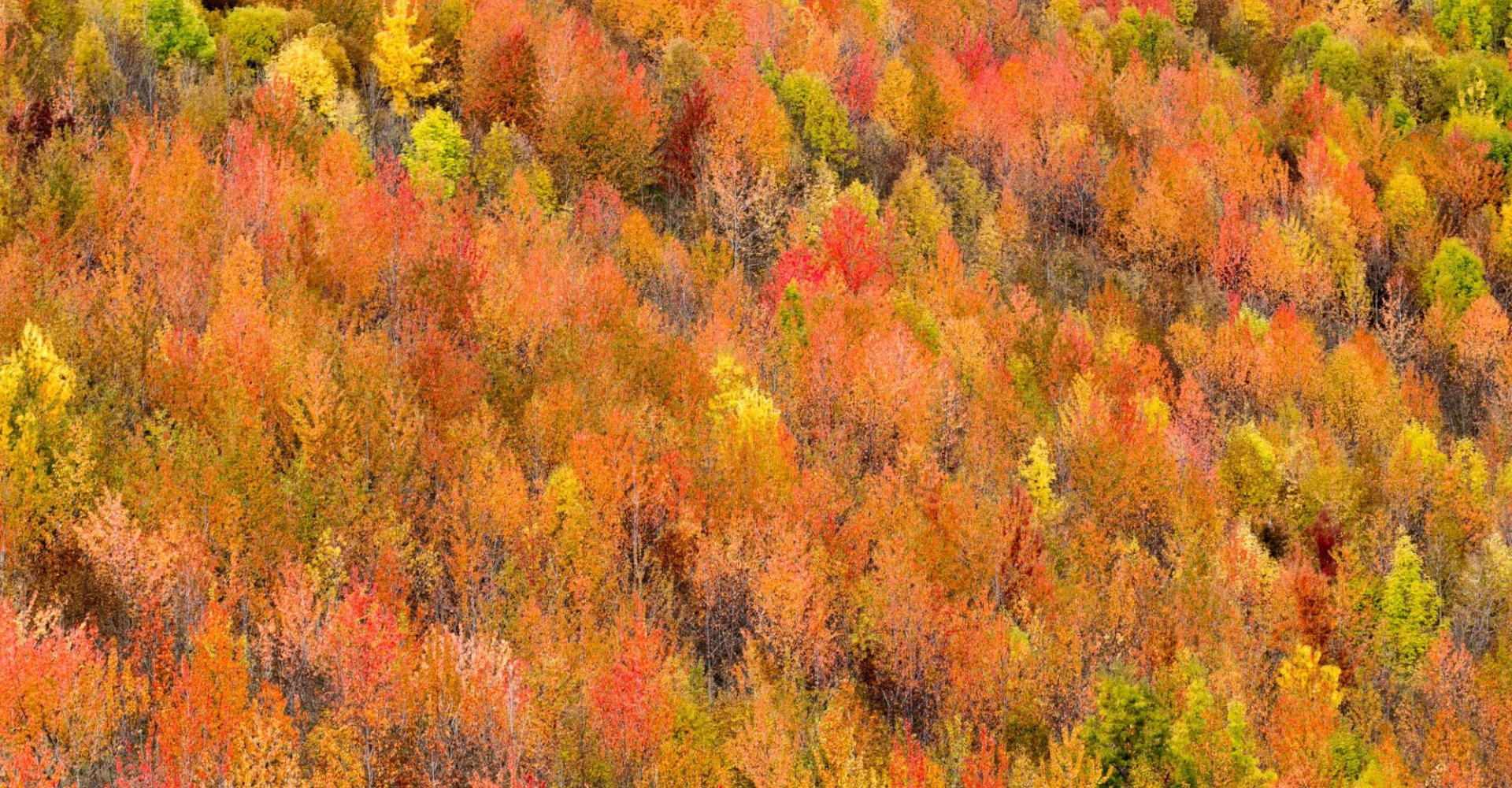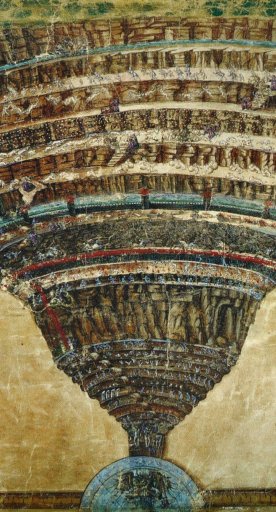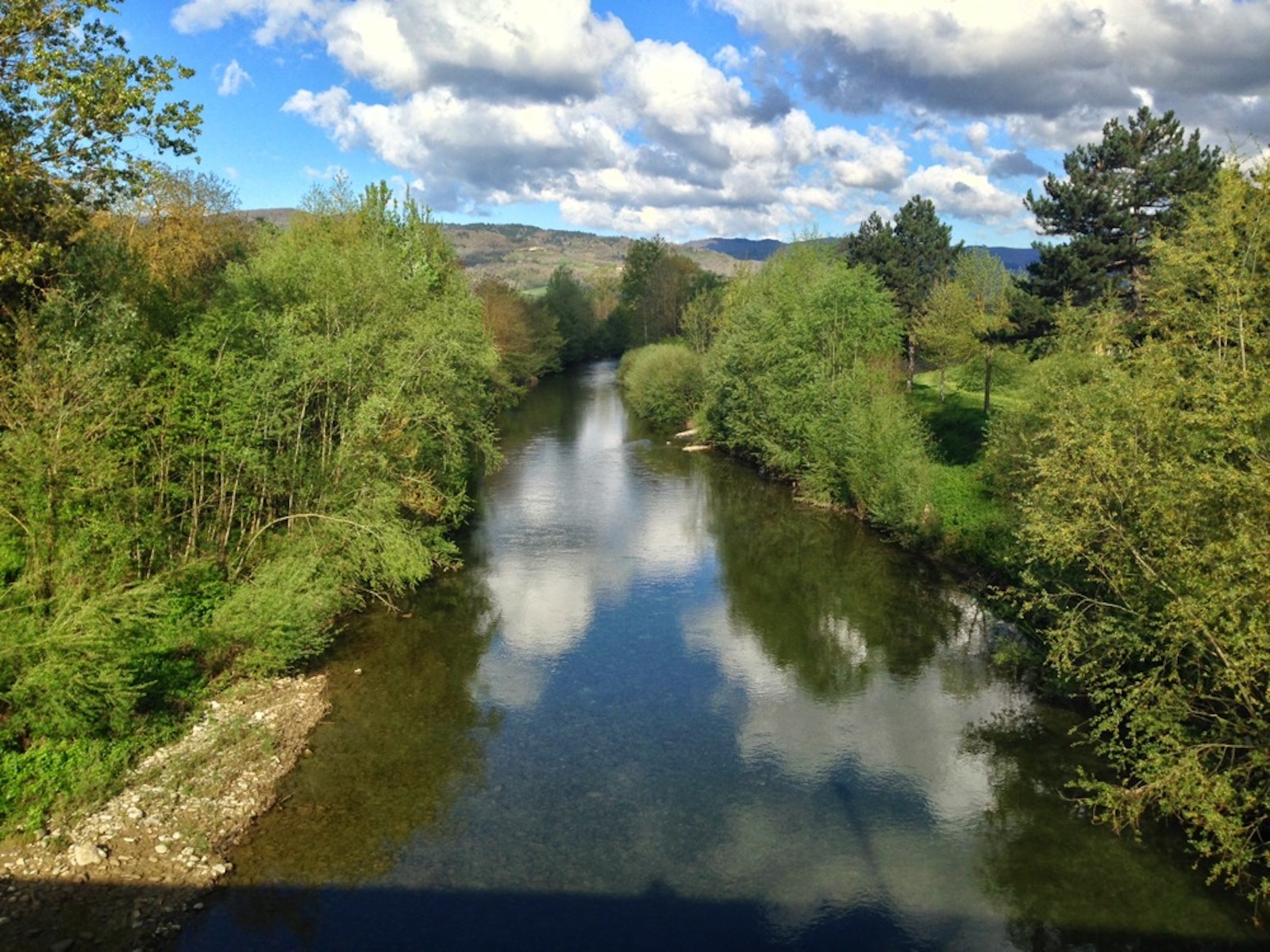
Capolona
Villages and hamlets in the Casentino hills
Located where, according to Dante, “the Arno screws up its nose towards the Aretini,” the territory of Capolona is made up of a dense series of hills that form the southern border of the Pratomagno. Dotted with small villages and towns, the hills come to an end just before the right bank of the river, where visitors can also explore the historic villages of Lorenzano, Caliano, Vado and Castelluccio, A must-visit location is certainly the village of Santa Margherita, with its unaltered medieval buildings. Capolona is a popular destination, with a wealth of hidden and untouched corners, perfect for seeking out a bit of quiet from the chaos of everyday life.
What to see in Capolona
The Parish Church of Santa Maria Maddalena a Sietina can be found near the river bank. The most important monument in this area, it was built at the beginning of the 11th century along an ancient Roman road. It has three naves that end in three apses, and visitors can admire the elegant Gothic and Renaissance frescoes decorating its walls. From the nearby village that’s centered around the Parish Church of San Giovanni, the view ranges from the peaks of the Alpe di Catenaia all the way to the Chianti hills. The medieval Parish Church stands at the center of the village, and is home to a beautiful 14th-century crucifix.
Also worth seeing is the parish church of San Martino Sopr'Arno, a sacred building located in the locality of the same name, with evidence dating it to 1017.
The historical center of Bibbiano, located on the slope of one of the hills, is interesting for the evident traces of its past: despite the village’s transformation over the years, it has nonetheless maintained a good majority of its medieval defensive wall, conserving a simple and austere line. To the east of Bibbiano is Ponina, known as Curtis in the Lombardic era. The church in Cenina, dedicated to Saint Lucy, is home to an oil painting from the Tuscan school that was made between the end of the 17th century and beginning of the 18th century.
The Parish Church of Santa Maria Maddalena a Sietina can be found near the river bank. The most important monument in this area, it was built at the beginning of the 11th century along an ancient Roman road. It has three naves that end in three apses, and visitors can admire the elegant Gothic and Renaissance frescoes decorating its walls. From the nearby village that’s centered around the Parish Church of San Giovanni, the view ranges from the peaks of the Alpe di Catenaia all the way to the Chianti hills. The medieval Parish Church stands at the center of the village, and is home to a beautiful 14th-century crucifix.
Also worth seeing is the parish church of San Martino Sopr'Arno, a sacred building located in the locality of the same name, with evidence dating it to 1017.
The historical center of Bibbiano, located on the slope of one of the hills, is interesting for the evident traces of its past: despite the village’s transformation over the years, it has nonetheless maintained a good majority of its medieval defensive wall, conserving a simple and austere line. To the east of Bibbiano is Ponina, known as Curtis in the Lombardic era. The church in Cenina, dedicated to Saint Lucy, is home to an oil painting from the Tuscan school that was made between the end of the 17th century and beginning of the 18th century.
Nearby
The territory of Arezzo is offers a vast naturalistic and artistic heritage. To the north, it's surrounded by the Casentino (where, among others, Subbiano is located); to the east by the Valtiberina; to the south the Valdichiana (with its Etruscan villages such as Castiglion Fiorentino); and finally, to the west, the nearby Valdarno Aretino.
Once you arrive in Arezzo, the city that was the setting for the film La vita è bella, you will undoubtedly be fascinated by its most famous church: the Basilica of San Francesco. Inside, it conserves the cycle of frescoes of the Legend of the True Cross by Piero della Francesca, an incredibly valuable Renaissance masterpiece.
Continuing along, we reach Castiglion Fibocchi, a village linked by its name to the sons of Ottaviano Pazzi (known as “Bocco”), who became the owner of the castle that once stood there. Above all, the town is renowned for its characteristic Carnival, during which people don elegant and sumptuous masks in a parade.
The territory of Arezzo is offers a vast naturalistic and artistic heritage. To the north, it's surrounded by the Casentino (where, among others, Subbiano is located); to the east by the Valtiberina; to the south the Valdichiana (with its Etruscan villages such as Castiglion Fiorentino); and finally, to the west, the nearby Valdarno Aretino.
Once you arrive in Arezzo, the city that was the setting for the film La vita è bella, you will undoubtedly be fascinated by its most famous church: the Basilica of San Francesco. Inside, it conserves the cycle of frescoes of the Legend of the True Cross by Piero della Francesca, an incredibly valuable Renaissance masterpiece.
Continuing along, we reach Castiglion Fibocchi, a village linked by its name to the sons of Ottaviano Pazzi (known as “Bocco”), who became the owner of the castle that once stood there. Above all, the town is renowned for its characteristic Carnival, during which people don elegant and sumptuous masks in a parade.
Events
As well as the classic autumnal period and the Christmas holidays, a good time to visit Capolona is March, when the Marzuolo Truffle Show takes place, allowing you both to enjoy the peace and quiet as well as delicious food.
As well as the classic autumnal period and the Christmas holidays, a good time to visit Capolona is March, when the Marzuolo Truffle Show takes place, allowing you both to enjoy the peace and quiet as well as delicious food.
Typical dishes and products
In Capolona, as in all of Tuscany, it's possible to taste typical, traditional dishes such as crostini di cavolo nero (black cabbage crostini) and crostini neri with liver, usually accompanied by local cold cuts such as prosciutto crudo, capocollo, spalla and salami, pork sausages or wild boar. It's well worth tasting cheeses like raviggiolo, a soft cheese that's typical of this area, or abbucciato aretino made with raw milk.
In Capolona, as in all of Tuscany, it's possible to taste typical, traditional dishes such as crostini di cavolo nero (black cabbage crostini) and crostini neri with liver, usually accompanied by local cold cuts such as prosciutto crudo, capocollo, spalla and salami, pork sausages or wild boar. It's well worth tasting cheeses like raviggiolo, a soft cheese that's typical of this area, or abbucciato aretino made with raw milk.






